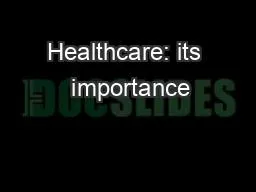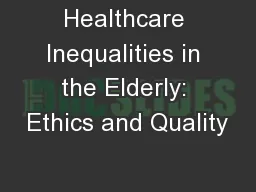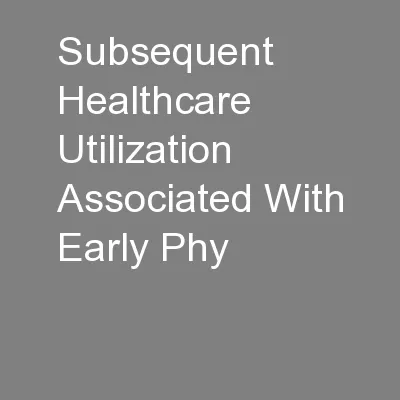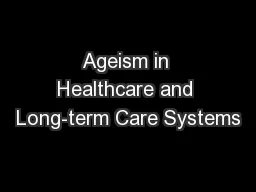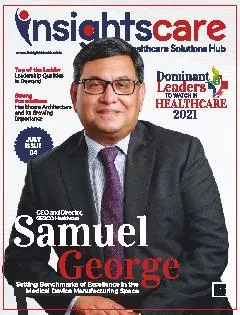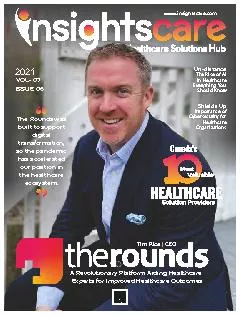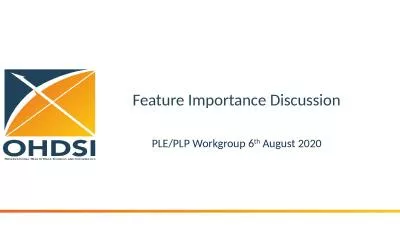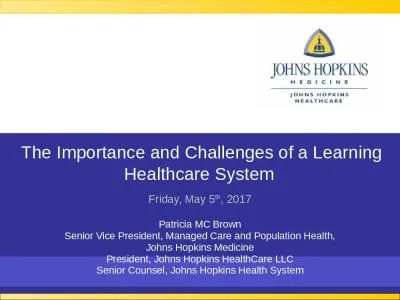PPT-Healthcare: its importance
Author : vizettan | Published Date : 2020-08-28
in the economy Melanie Da Costa Outgoing Chairman Private sector operates in a constraining legislative framework Medical Scheme Membership 80 of people in households
Presentation Embed Code
Download Presentation
Download Presentation The PPT/PDF document "Healthcare: its importance" is the property of its rightful owner. Permission is granted to download and print the materials on this website for personal, non-commercial use only, and to display it on your personal computer provided you do not modify the materials and that you retain all copyright notices contained in the materials. By downloading content from our website, you accept the terms of this agreement.
Healthcare: its importance: Transcript
Download Rules Of Document
"Healthcare: its importance"The content belongs to its owner. You may download and print it for personal use, without modification, and keep all copyright notices. By downloading, you agree to these terms.
Related Documents

